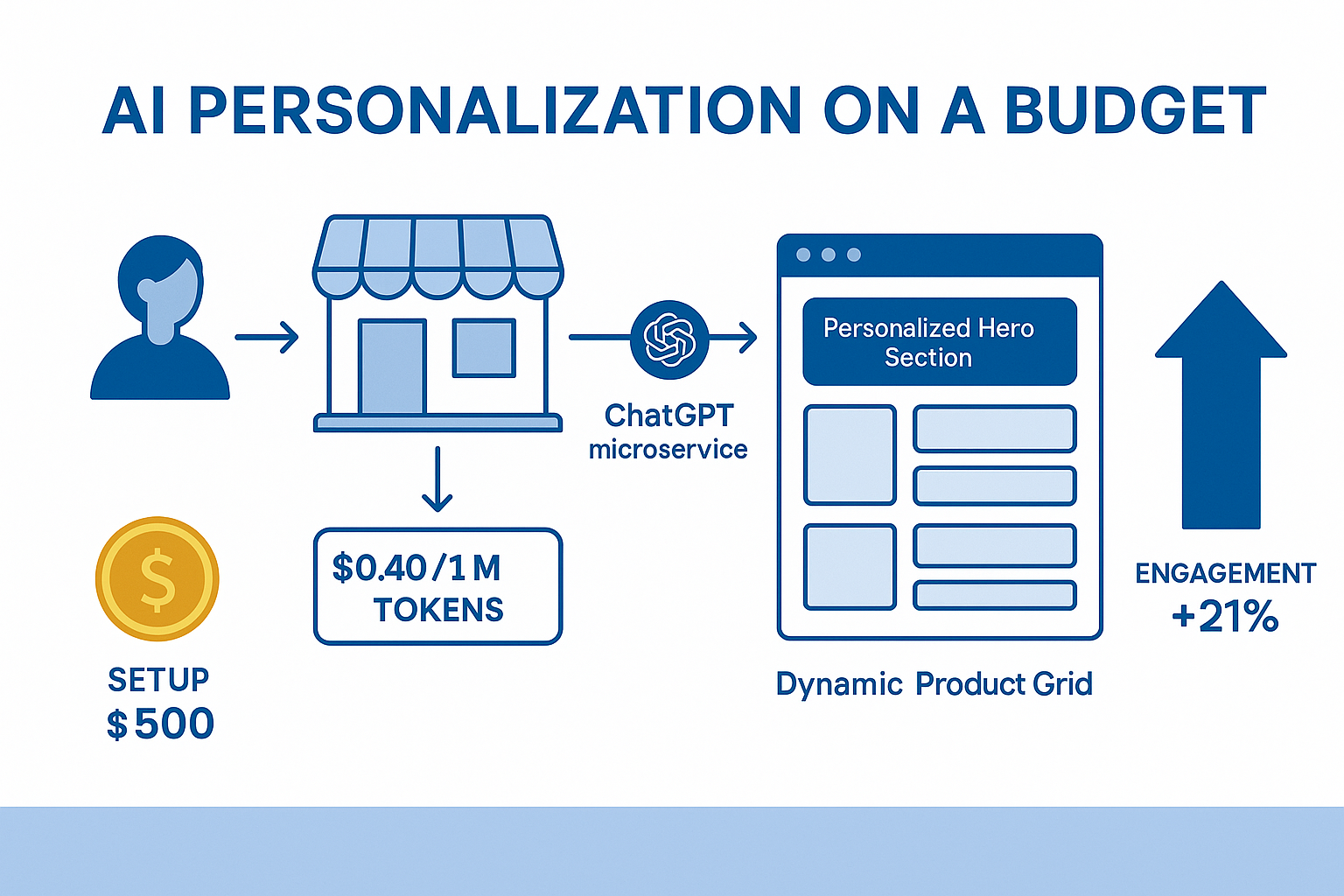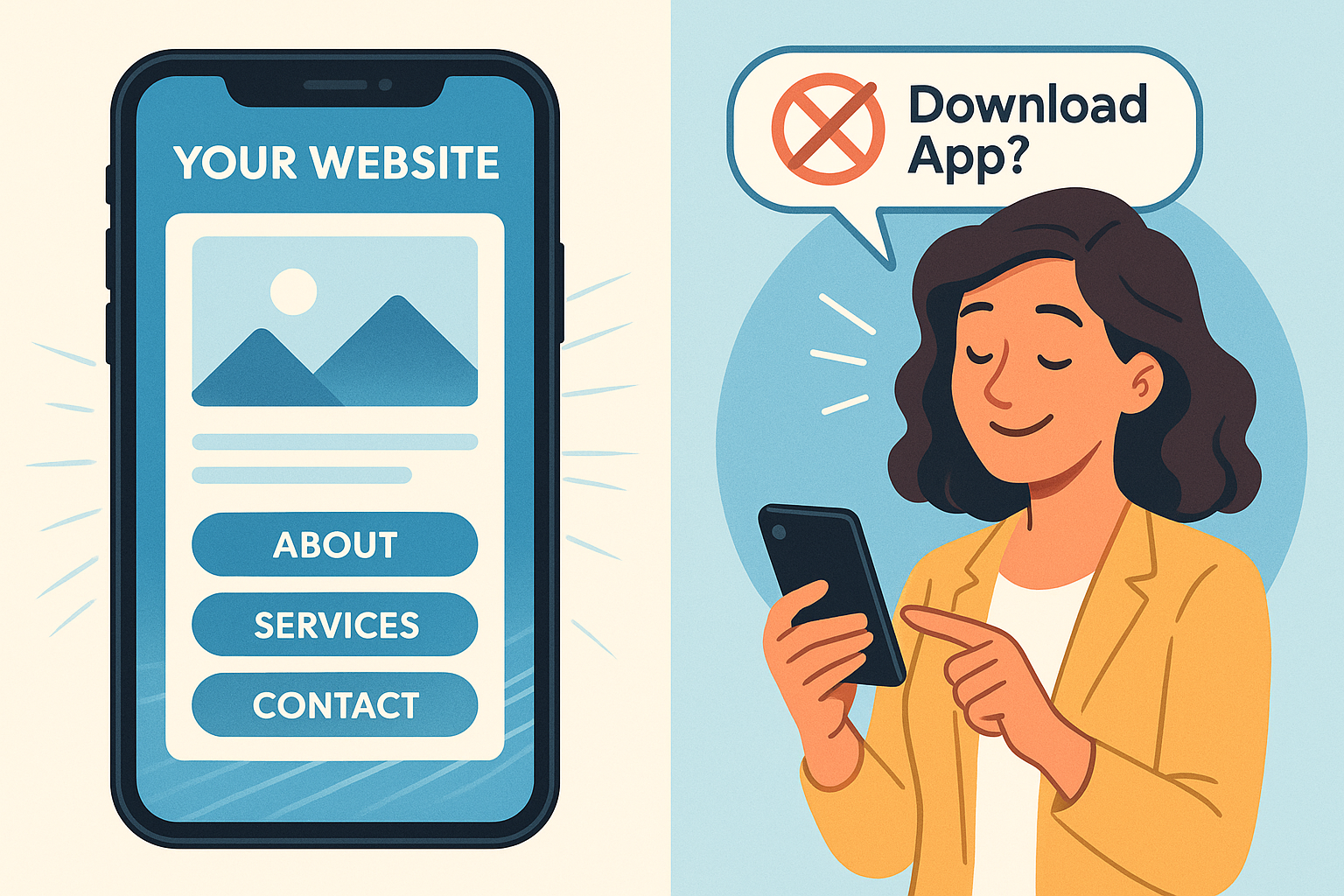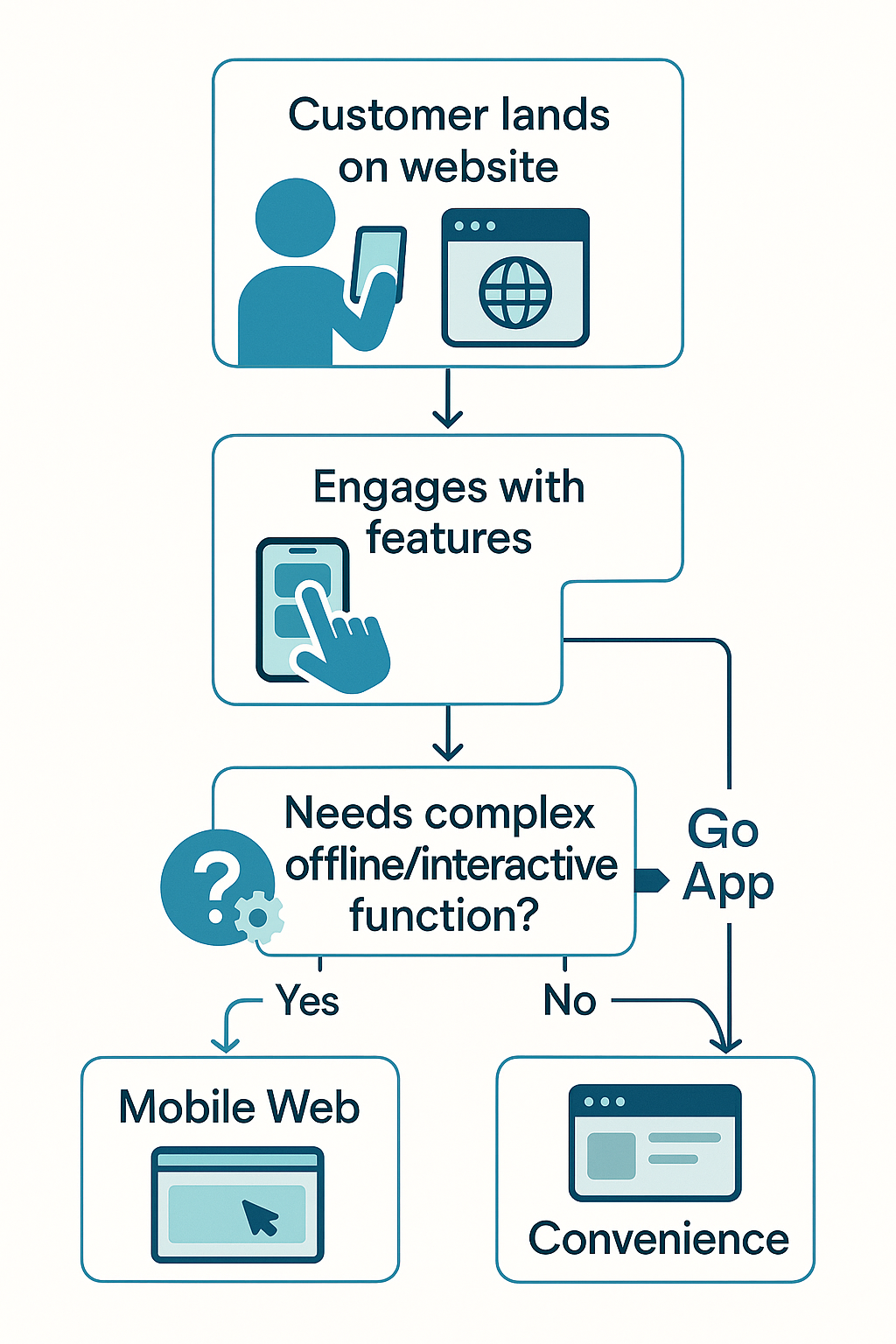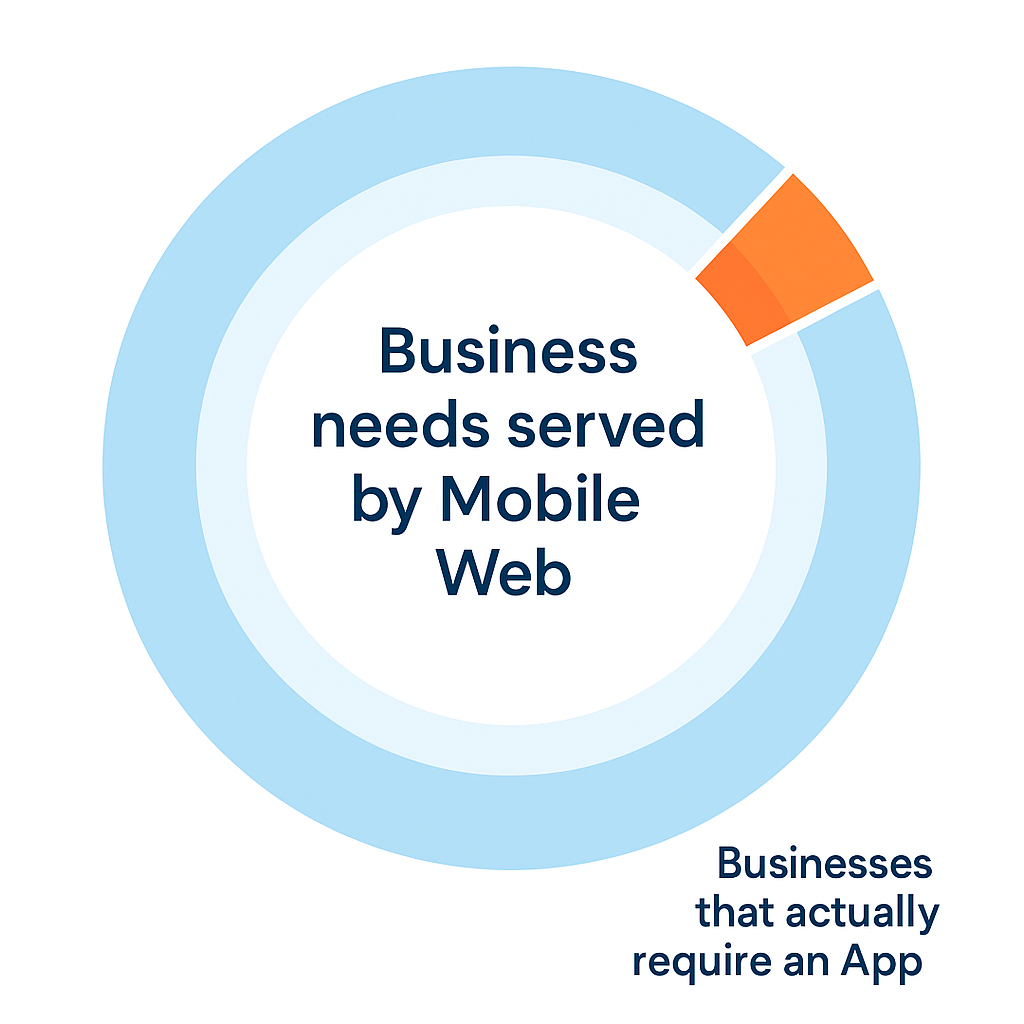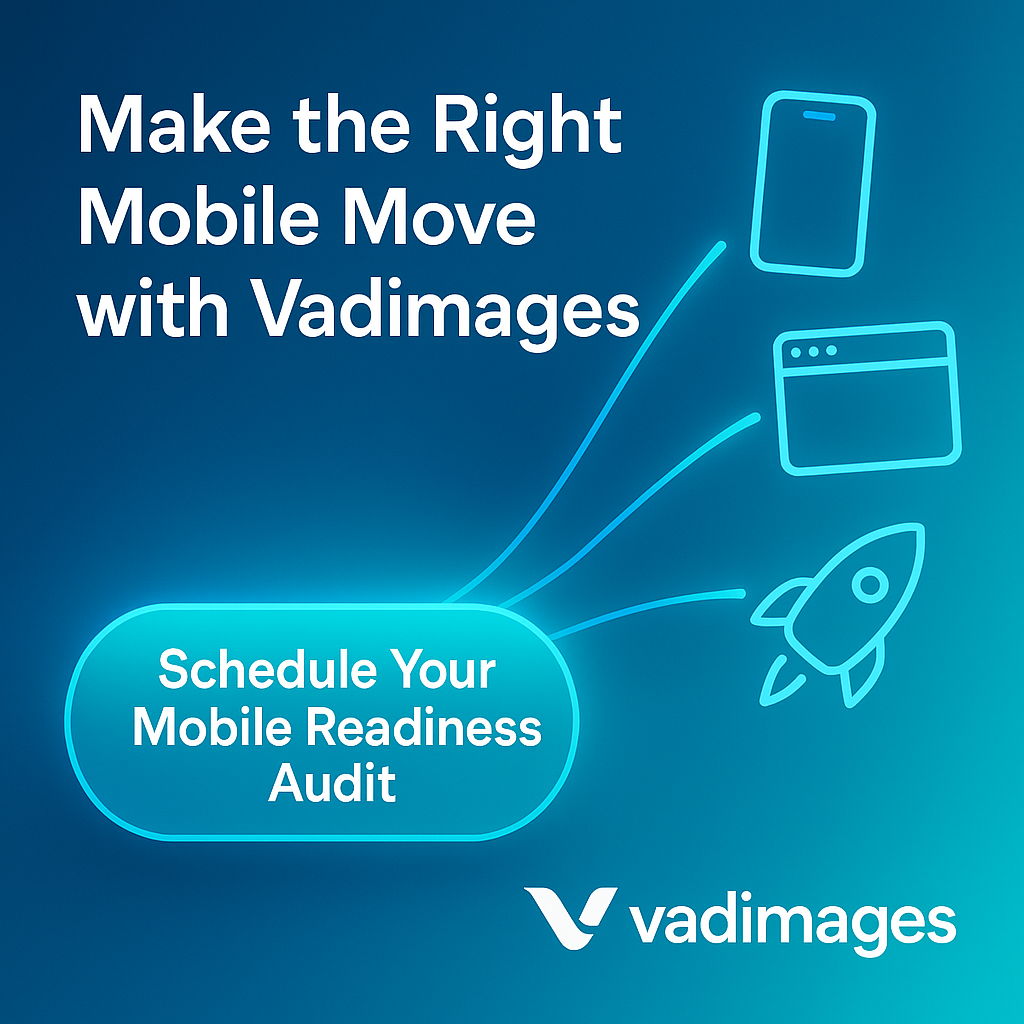Why Personalization Drives Sales—Even for Main Street
A decade ago, tailoring a website to each visitor felt like a luxury reserved for Amazon-scale budgets. Today it is becoming a competitive necessity even for the florist on Main Street. Recent U.S. surveys show that eighty-two percent of small businesses now believe adopting AI is essential to stay competitive, and one in four have already woven it into their daily operations . That momentum is driven by a simple truth: personalized home-page copy, product recommendations, or FAQs make prospects feel understood, lifting engagement and conversion rates without spending more on ads. Yet the same studies reveal a bottleneck: many “AI explorers” hesitate because they assume the price tag will crush their budget.
Affordable AI Building Blocks You Can Deploy Today
OpenAI’s current GPT-4.1 mini model costs about forty cents per million input tokens and a dollar-sixty per million output tokens . Put in real-world terms, personalizing an entire catalog page for a thousand weekly visitors typically consumes fewer than ten thousand tokens—less than a cent. When you combine that with no-code orchestration tools such as Gumloop or Zapier’s new AI actions, and low-cost vector databases hosted on Vercel or Supabase, the core infrastructure for dynamic copy, smart product grids, or AI-augmented chat can be set up for under five hundred dollars in development time and cloud fees. Thirty-eight percent of American SMBs are already proving the point by integrating AI across marketing, support, and hiring tasks .
Vadimages has distilled these components into a starter “Personalize-It” bundle: a lightweight ChatGPT microservice, a React component kit for hero sections and product cards that rewrite themselves on page load, and an admin dashboard that lets non-technical staff control tone, style, and fallback text. Most clients are live in two weeks, and the token bill for the first month rarely exceeds ten dollars.
From Quick Wins to Advanced Journeys: A Roadmap for Growth
The smartest way to start is with a single high-impact surface. For service businesses that surface is usually the hero headline and call-to-action; for e-commerce it is the “You might also like” shelf. Once analytics confirm uplift—our clients see time-on-page jump by fourteen to twenty-three percent within the first quarter—you can layer in progressive profiling. ChatGPT can silently infer intent from referral strings, past browsing, or even weather APIs, letting you greet a repeat visitor from Dallas with “Welcome back—free same-day shipping to Texas today.” Over time, the same token budget that merely swapped adjectives can craft entire landing pages, write abandoned-cart emails, and summarize chat transcripts for sales staff.
Because everything is served from a stateless microservice, you avoid the trap of hard-coding personas. If OpenAI launches a faster or cheaper model tomorrow, the service flips over without code changes. If privacy regulations tighten, the model can be re-prompted to strip personal data before logging. That flexibility is why almost half of SMBs in Verizon’s latest State of Small Business Survey say AI will be crucial to managing customer content and staff workloads over the next twelve months .
The Vadimages Advantage
Generic site builders tack on AI widgets after the fact, but true differentiation comes from weaving personalization deep into your CMS, design system, and data flows. As a U.S.-focused web studio, Vadimages doesn’t just plug in APIs; we craft end-to-end customer journeys—native TypeScript, headless CMS, hybrid mobile apps—that turn ChatGPT responses into measurable revenue. Our in-house UX team prototypes on Figma, our engineers deploy on AWS or Vercel, and our growth strategists track the uplift in HubSpot or GA4. When you are ready to scale, we can fine-tune OpenAI models on your anonymized chat history so the tone sounds exactly like your brand, not a generic robot.
Ready to explore? Book a free thirty-minute discovery call and we’ll calculate how many tokens—and dollars—stand between you and a site that greets every visitor by name. Personalization used to be an enterprise privilege; with Vadimages and ChatGPT, it is now a small-business superpower.
